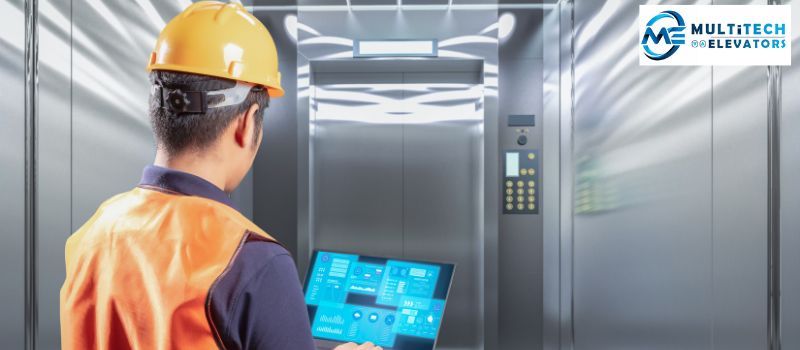Choosing a passenger lift for homes involves several considerations to ensure safety, convenience, and functionality. Whether you’re installing a lift for accessibility reasons or simply for added convenience, here are key factors to consider:
1. Purpose and Requirements
Before choosing a passenger lift, define its primary purpose:
- Accessibility: Is it primarily for elderly family members or individuals with mobility issues?
- Convenience: Are you looking to ease movement of people and goods between floors?
- Aesthetic Integration: Should the lift blend seamlessly with your home’s interior design?
2. Type of Lift
There are different types of lifts suited for residential use:
- Hydraulic Lifts: Ideal for low-rise buildings (typically up to 5 floors) and require a machine room.
- Traction Lifts: Suitable for higher buildings (up to 20 floors) and are more energy-efficient but might need a machine room or space above the shaft.
- Machine-Room-Less (MRL) Lifts: Compact and suitable for mid-rise buildings, integrating the machine within the shaft structure.
3. Space Availability
Assess the available space for lift installation:
- Shaft Size: Determine the dimensions required for the lift shaft based on the chosen lift type.
- Pit and Headroom: Ensure sufficient pit depth and overhead space as per the lift manufacturer’s specifications.
4. Capacity and Size
Consider the expected usage and size of the lift:
- Passenger Capacity: Decide on the number of passengers the lift should accommodate comfortably.
- Size of the Cabin: Ensure the cabin size is adequate for wheelchair accessibility or transporting goods if needed.
5. Safety Features
Safety is paramount in residential lifts:
- Emergency Communication: Ensure the lift is equipped with a communication system in case of emergencies.
- Door Interlocks: Prevent the doors from opening unless the lift car is at the landing level.
- Overload Protection: Safeguards against exceeding the lift’s weight capacity.
6. Energy Efficiency
Consider the lift’s energy consumption and efficiency:
- Drive System: Choose between hydraulic, traction, or gearless systems based on energy efficiency and noise levels.
- LED Lighting: Opt for energy-efficient LED lighting within the cabin and shaft.
7. Maintenance and Service
Regular maintenance is crucial for lift longevity:
- Service Contracts: Ensure the manufacturer or supplier offers reliable maintenance services.
- Warranty: Check the warranty period and coverage for parts and labor.
8. Design and Customization
Customize the lift to match your home’s aesthetics:
- Interior Finishes: Select cabin materials, flooring, and lighting that complement your home’s décor.
- Door Designs: Choose from various door styles, such as sliding or swing doors, to suit your space and preferences.
9. Budget Considerations
Establish a budget that covers installation, maintenance, and operational costs:
- Installation Costs: Include expenses for construction, electrical work, and lift equipment.
- Operating Costs: Factor in energy consumption and ongoing maintenance fees.
10. Legal and Regulatory Compliance
Ensure compliance with local building codes and regulations:
- Permits and Approvals: Obtain necessary permits for lift installation from local authorities.
- Safety Standards: Confirm the lift meets safety standards set by regulatory bodies.
Conclusion
Choosing the right passenger lift for your home involves thorough consideration of space, usage requirements, safety features, and aesthetic preferences. By evaluating these factors and consulting with lift suppliers or professionals, you can select a lift that enhances accessibility, convenience, and overall quality of life in your home.

